
Inside the Cost of Social Fragmentation
- Understanding the effect of social fragmentation on advertisers and publishers
- Discover the upside to social media segmentation and how you can use it in your intent-based strategy
- Utilizing artificial intelligence to cut multichannel content creation costs
Let’s face it: quality content is expensive and takes so much time to create. The good news is that these newer content formulas are becoming more standardized. That amazing video your company made for Instagram? Share across all of your platforms, obviously making tweaks if needed. Getting the most mileage out of your content will help ease the financial burden.
Social media fragmentation is the trend of people using multiple social media platforms, rather than just one. This can be beneficial for advertisers and publishers because it allows them to reach a wider audience with their messages. For example, if an advertiser wants to reach young people, they might use TikTok, while if they want to reach older adults, they might use Facebook. Similarly, a publisher might publish articles on both Medium and Substack, to reach a wider range of readers.
Each channel serves a different purpose, meaning users may have different profiles depending on how they are presenting themselves on a particular platform. Trying to appeal to these multiple personalities can be daunting without a little help.
The Cost of Content in a Fragmented World
The cost, time-wise and financially, is becoming a massive burden. Advertisers and Publishers looking to get in front of the right audience have to focus on what kind of people their consumers are, including details like psychographics and culture. Then there’s the cost of partnering with content creators and determining the correct channel and cadence. With the uptick in users constantly scrolling TikTok or Instagram Reels, Advertisers would be foolish not to utilize these channels. Companies that can hone in on the nuances of these platforms can stand out from the competition.
In an article discussing social media as traffic drivers, The Washington Post’s deputy director of social media, Travis Lyles, talks about the struggles and setting expectations.
“We want to drive traffic. [But], not every platform is a natural traffic driver,” said The Washington Post’s deputy director of social media, Travis Lyles. “We don’t expect a platform like Instagram to be sending a ton of people to our website, but we see platforms like Instagram as natural brand builders and places where we can really interact with an audience that doesn’t really interact with us in other places.”
Embracing Fragmentation
For all marketers, social fragmentation presents both challenges and opportunities. In an article Digiday published on social media fragmentation, it mentioned anyone in the marketing industry should use their resources carefully. With so many social options out there for users, you have to be smart about where to connect with your audience. Posting everything everywhere is no longer a realistic marketing strategy – it would take too much time to manage all those accounts and you might not be in the right place for the right audience.
“The average time spent with digital media — which, to be fair, also includes smart TVs and gaming consoles — hit an all-time high of eight hours and 14 minutes in 2022. And that is projected to grow by nine additional minutes in 2023,” per Insider Intelligence research.
Having an understanding of today’s social media fragmentation and incorporating an intent-based marketing strategy is an essential way to connect with your audience. Social Media networks have essentially grouped your audiences…you just have to know how to utilize the platforms to their fullest to reach your perfect consumer. Think about using each social media channel and having:
- Increased Reach: With people using multiple social media platforms, marketers have the opportunity to reach a wider audience with their messages.
- Better Targeting: Social media fragmentation allows marketers to target their messages more precisely to specific audiences. For example, a marketer might target their ads to people who are interested in a particular topic or who live in a particular geographic area.
- More Data: Social media fragmentation gives marketers access to more data about their audiences. This data can be used to improve the targeting of ads, to create more relevant content, and to measure the effectiveness of campaigns.
- Building Community: Social media platforms can also be used to build a community around a brand or specific content. For example, a publisher might create a Facebook group for their readers or run a Twitter chat. This can help marketers to create a sense of community among their readers and to build trust with them.
- Focus on Authenticity and Trust: Social fragmentation may lead to the growing importance of authenticity, trust, and transparency in brand communications. Marketers should emphasize brand values, purpose, and consistency across channels to establish a genuine connection with customers.
- More Creativity: With multiple social media platforms to choose from, marketers have more opportunities to be creative with their campaigns. They can use different platforms to reach different audiences, to create different types of content, and to experiment with different marketing techniques.
AI Can Increase your Social Media ROI
AI can help mitigate the cost of social channel fragmentation in several ways, making marketing efforts more efficient and targeted. Some key strategies for utilizing AI in the context of social channel fragmentation are below.
Improved audience targeting with AI analyzes vast amounts of data on consumer preferences, behaviors, and demographics, enabling marketers to identify and target distinct audience segments more accurately. This type of intent-based marketing can result in more effective marketing campaigns and a better return on investment.
Automating Social Channels
Something as simple as adding AI-powered chatbots to your social channels can improve customer support and engagement while reducing costs. Chatbots can handle routine inquiries and tasks, freeing up human resources for more complex or high-value customer interactions. Multichannel marketing automation with AI can help automate the execution and optimization of marketing campaigns across multiple channels, ensuring the right message reaches the right audience at the right time.
Incorporating AI into your content creation can be very beneficial when the creativity isn’t flowing and you’re on a deadline. It can help generate ideas to get you started when you need content for your social media campaigns or even help layout a marketing plan for that next important meeting with your boss. It can identify elements of a campaign that are performing well on a particular platform and suggest changes to improve performance. Additionally, AI can help automate additional content creation, such as copywriting or headline ideas, reducing the manual effort and cost involved.
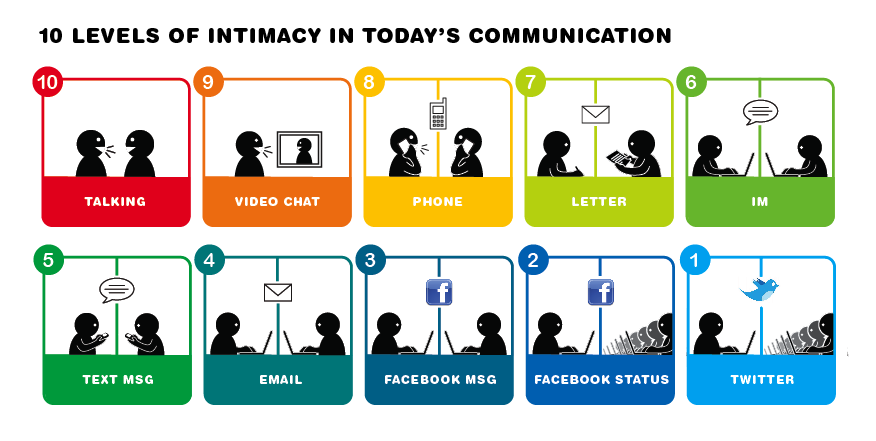
The evolution of social fragmentation from Parachute Digital Marketing
Sentiment and trend analysis via AI can be used to analyze social media interactions and online conversations, identifying trends and sentiments around specific topics, products, or brands. This allows marketers to adapt their strategies and capitalize on emerging opportunities quickly.
AI can also identify potential influencers within specific social channels or communities whose content, style, and audience align with a brand’s target market, making influencer partnerships more effective and efficient. While AI isn’t the golden ticket for everything when wanting to conquer social media fragmentation, it can certainly improve processes, jumpstart a brainstorming session, or calculate outcomes faster than you can finish your second cup of coffee.
What AI Tools To Use?
For a brand to be contextually relevant to all of these personalities in all of these channels, it might have to invest in a whole new technology stack, including machine learning and AI tools to generate, automate and augment content. The amount of tools being released is endless, like Google Bard, Hubspot’s ChatSpot, and SEMRush’s SEO Writing Assistant.
Leveraging AI in your workflows means advertisers and publishers can better navigate and manage the challenges of social channel fragmentation, optimize their marketing efforts, and ultimately reduce costs. By adapting their strategies and tactics, companies can reach, engage, and retain their target audiences more effectively.
Predictions for Social Media Fragmentation in 2023
While the technology is ever-changing, one thing will remain consistent: your audience. Where you find them and how you connect with them on a regular basis might shift and move, so your marketing strategy should be prepared to do the same.
Currently, the fragmentation of the social media channels can be incredibly beneficial to both Advertisers and Publishers – it is essentially pre-defined audience buckets. For companies looking to target an older generation, they might focus heavily on Facebook or Instagram. For those looking to target a younger generation, they might focus on TikTok or BeReal.
Instead of seeing so many social channels as a burden or overwhelming, look at them as intent-based audience groups and utilize the networks that fit best for your organization. Become a master at your perfect social media platforms and work to connect with your audience and reduce the cost of social media fragmentation. Be prepared, your KPIs might change from only clicks to a mix of brand awareness and clicks. Again, as long as your marketing strategy is able to shift and move with the technology landscape, 2023 should be a great year!
Looking for more?
Check out our free white paper on The Unbeatable Nature of Intent-Based Advertising.


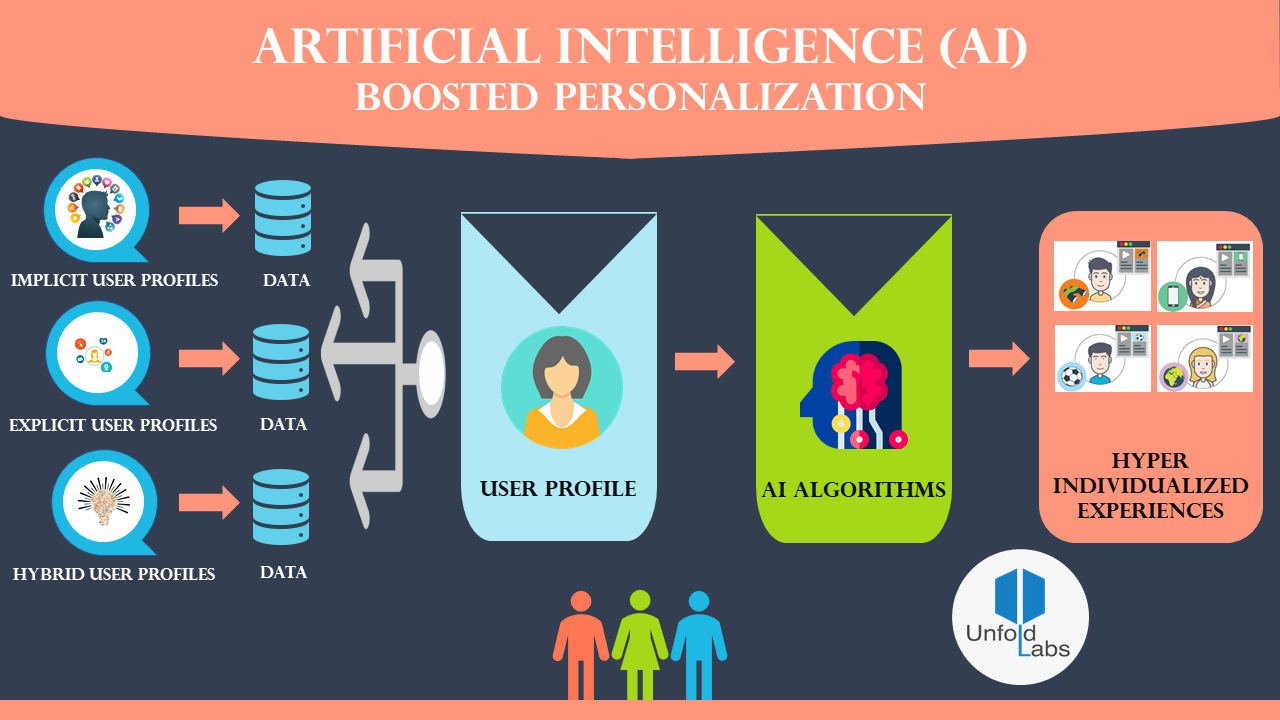


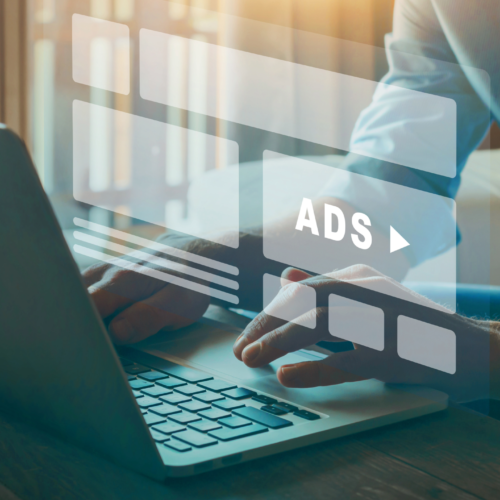



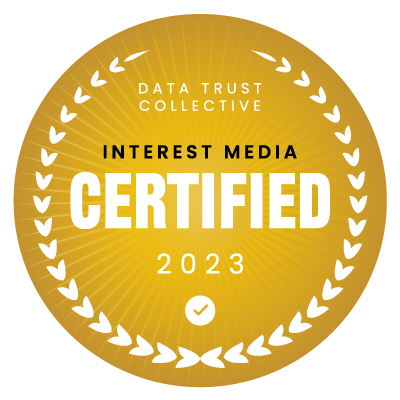

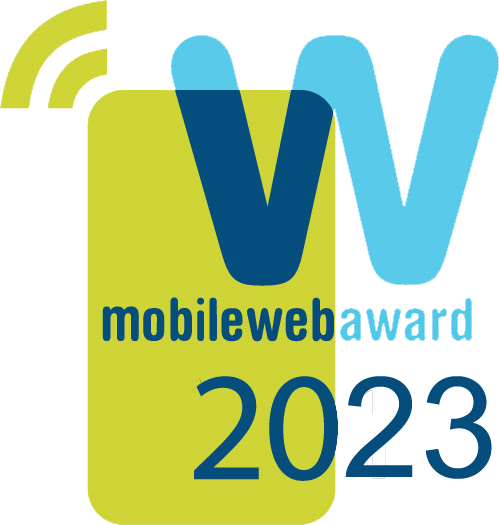


Pingback: The Future of Advertising: Social Media or Bust? - Interest Media